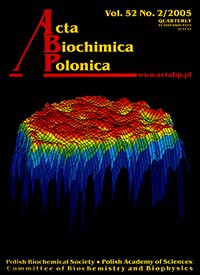Structure, function, and regulation of myosin 1C.
Abstract
Myosin 1C, the first mammalian single-headed myosin to be purified, cloned, and sequenced, has been implicated in the translocation of plasma membrane channels and transporters. Like other forms of myosin I (of which eight exist in humans) myosin 1C consists of motor, neck, and tail domains. The neck domain binds calmodulins more tightly in the absence than in the presence of Ca(2+). Release of calmodulins exposes binding sites for anionic lipids, particularly phosphoinositides. The tail domain, which has an isoelectic point of 10.5, interacts with anionic lipid headgroups. When both neck and tail lipid binding sites are engaged, the myosin associates essentially irreversibly with membranes. Despite this tight membrane binding, it is widely believed that myosin 1C docking proteins are necessary for targeting the enzyme to specific subcellular location. The search for these putative myosin 1C receptors is an active area of research.Acta Biochimica Polonica is an OpenAccess quarterly and publishes four issues a year. All contents are distributed under the Creative Commons Attribution-ShareAlike 4.0 International (CC BY 4.0) license. Everybody may use the content following terms: Attribution — You must give appropriate credit, provide a link to the license, and indicate if changes were made. You may do so in any reasonable manner, but not in any way that suggests the licensor endorses you or your use.
Copyright for all published papers © stays with the authors.
Copyright for the journal: © Polish Biochemical Society.


